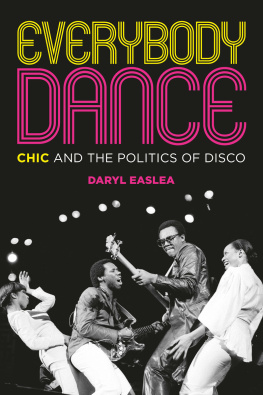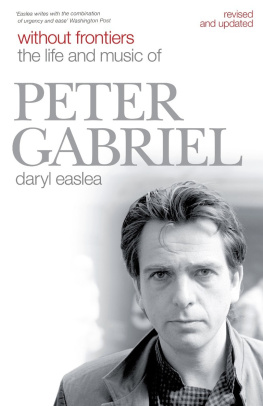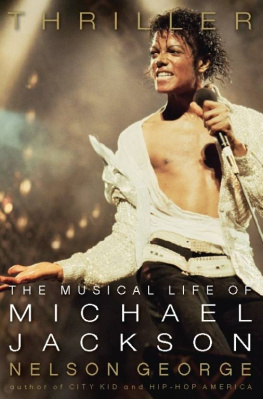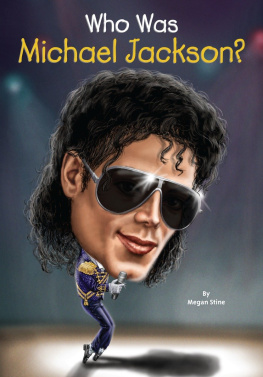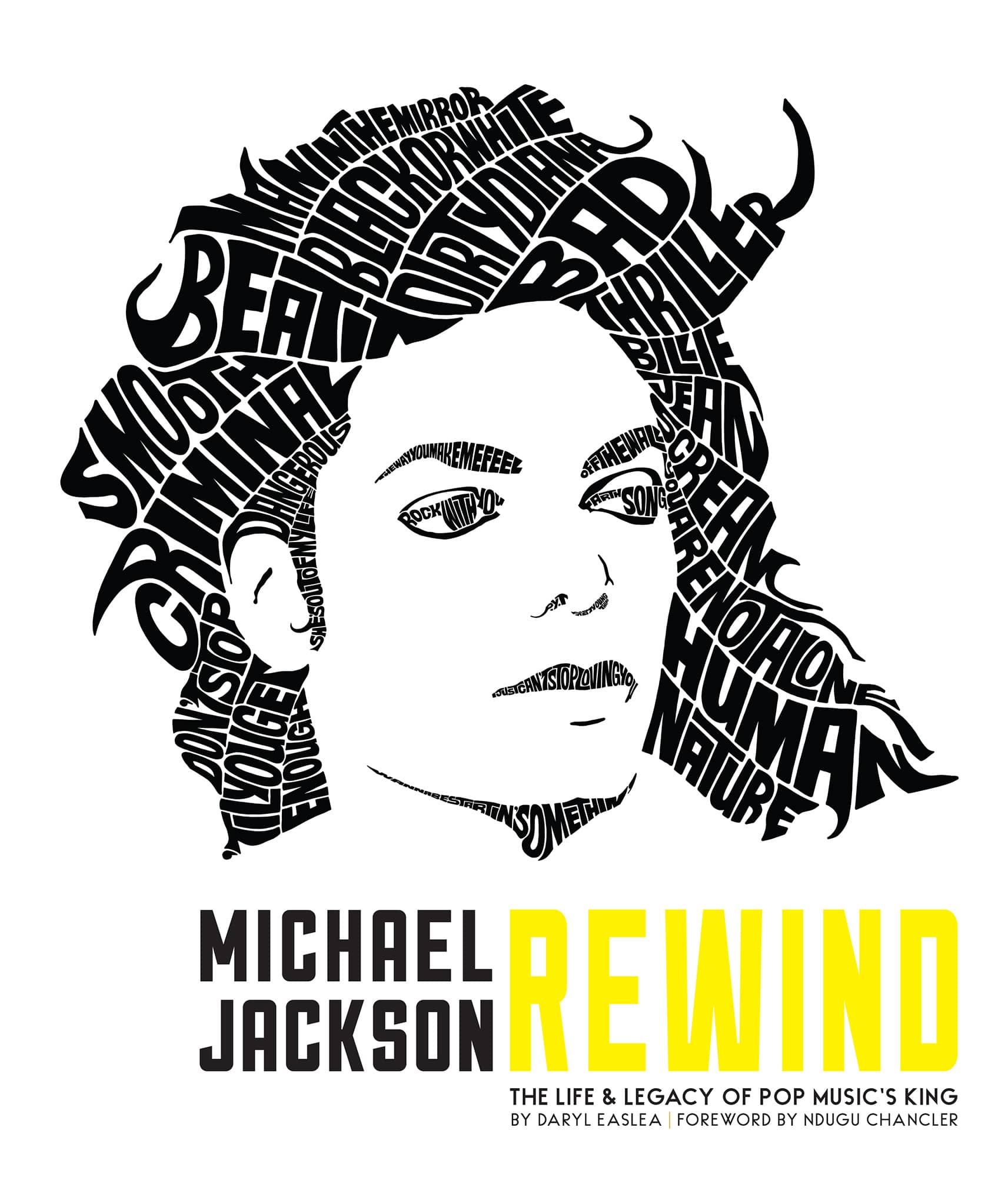F rom the 1970s through the 1990s, music was developing a variety of personalities. This variety was compounded by the many innovations that were being created in electronic instruments and recording techniques. Jazz embraced electronic instruments and utilized rock and R&B sounds and rhythms. Jazz musicians, like myself, who were the backbone of session players, were making these adjustments in concepts, approach, sound, instruments, and attitudes. These innovations opened the door for artists to shape and develop new directions in music across jazz, pop, rock, and R&B.
Recording techniques allowed creative individuals more latitude because of the expansion of recording tracks available, alongside the creation of new outboard gear for sound enhancement. The combination of technology and the openness of artists and players meant new recording styles and musical sounds were being created across genres. Breakout recordings affected the sound of music going into the 80s and 90s. Artists such as Miles Davis, Stevie Wonder, Herbie Hancock, Jimi Hendrix, the Beatles, Blood Sweat and Tears, Prince, to name a few, had all pushed the envelope, creating new directions in the music.
We were all affected by these sounds and innovations. With the technology came new recording techniques. These new techniques incorporated using live instruments along with synthesizers and drum machines. This new technology made it possible for songwriters to finish more complete demos in their home studios. Some of these demos actually became the final recording or utilized some of the parts from the demos.
Michael Jackson was the consummate professional. Ndugu Chancler, 2016.
Coming out of the shadows of jazz, fusion, Latin rock, and funk, the transition for me to the studio as a session player embracing the new technology and musical concepts was one I welcomed. After having been a part of the Miles Davis, Herbie Hancock, George Duke, and Santana bands, the recording studio became home for me. Living in Los Angeles, which at that time was one of the recording centers, I began to be called by many of the top-of-the-line artists, producers, and arrangers. During the 70s and 80s, I began to get session calls from Lionel Richie, Kenny Rogers, the Crusaders, Chuck Jackson, and Quincy Jones. Quincy Jones, like Miles Davis, was always ahead of the curve while remaining relevant and contemporary.
Many artists broke away from their respective groups to create their own individual identity and sound during this period. The true genius of these artists started to shine away from the groups they were in. One of the most prolific artists to emerge from a popular group was Michael Jackson. The rise to individual superstardom for Michael slowly manifested itself on his solo recordings and collaborations with other solo artists. To achieve this steep rise to superstardom, a winning team had to be assembled and learn to work in sync with each other. Having already been a star working with the Jacksons, Michael would have to generate his own sound and identity separate from what he had already created with his brothers.
Michael Jackson found his winning team in producer Quincy Jones and engineer Bruce Swedien. With Michael exercising his own songwriting abilities, along with Quincy assembling the right musicians to record each song, the stage was set. Bruce Swedien would be the innovative engineer to capture all of the magic to tape (there was no Pro Tools back then!). The launching pad was set with the release of Off the Wall. With this winning team plus the addition of another breakaway songwriter, Rod Temperton (formerly of the group Heatwave), Off the Wall set up a new identity for and the recognition of a new sound coming from him. Off the Wall featured an all-star cast of stellar musicians and broke sales records at that time.
Off the Wall set the stage for Thriller. The concept behind Off the Wall was great songs and great music. The concept behind Thriller was great songs that could each stand alone and be great like classic snapshots. Michael brought in songs with new concepts. Quincy once again assembled a handpicked team for each song. Bruce stretched his recording techniques to the limit by using multiple multitrack tape machines and SMPTE time code to aid in tape sequencing.
After having worked with Quincy and Bruce on other projects, I was totally elated to get the call to work with Quincy, Bruce, and Michael. I had known some of the other Jacksons from playing in a celebrity softball league, but I had not spent a lot of time around Michael. Michael and Rod trusted me and were convinced by Quincy that I was the right drummer to marry live drums with the drum machine on Thriller. In the studio, all of the songs felt special and had a distinct uniqueness to them. With Michael and Quincy explaining the inspiration behind each song, it was easy to feel the vibe and concept for each one. There was an underlying magical feeling in each song that pulled something deeper than normal out of you.
During the recording, each song felt special. It was hard to know which song was going to be the one. Billie Jean was unique in that the track starts with this hypnotic drum groove, while Baby Be Mine had this new vocal approach from Michael that was airy and gritty at the same time. Each track brought out different characteristics of Michaels vocal stylings.
Often in your work, you have an inner feeling that a project is special. We all felt that Thriller was special. In the studio, we imagined how nice it would be to sell three million units more than Off the Wall the rest is history!
Thriller and Bad differ in that Bad utilized even more of the electronic technology that was now available. The only live band track on Bad was I Cant Stop Loving You, which we did with Michael and the other musicians all live in the studio. By the time Bad was done, technology had advanced and Michael, Quincy, and Bruce were ahead of the pack in utilizing it. These recordings created new standards for recording and were the basis for many of the components of Pro Tools, Logic, and other digital recording software.
By this time, Michael Jackson had been crowned undeniably the King of Pop. The genius of Michael Jackson was now proven, both on recordings and in live performance. Michaels albums broke new ground musically, technically, and sonically. As great work stands the test of time, these great works hold up against the music of yesterday, today, and tomorrow.
Michael Jackson was the consummate professional. He worked hard. He knew what he wanted, and knew who to go to to get it. The genius of Michael was that he had musical layers as a performer and a songwriter. He had high musical standards and strived to achieve them all of the time. Michael Jackson has left a recording and performance legacy duplicated by no one, imitated by many.


